Electrolysis of Water
The process of decomposing water (H2O) into hydrogen (H+) and hydroxide (OH–) ions by passing an electric current through it is called electrolysis. The ions move to the opposite electrodes to liberate pure hydrogen (H2) and oxygen (O2) gases. It is a nonspontaneous redox (oxidation-reduction) reaction. Since heat in the form of electricity is supplied to the electrolytic cell, it is an endothermic reaction [1-4].
Pure water does not conduct electricity and requires excess energy to overcome the activation barrier. Therefore, the electrolysis is carried out in the presence of an acid to improve the electrical conductivity by increasing the hydrogen ion (H+) concentration. Such electrolytes are sulfuric acid (H2SO4) and sodium nitrate salt (NaNO3).
Equation
Electrolysis occurs in an electrolytic cell consisting of a positively charged anode and a negatively charged cathode, typically made of platinum. The chemical reaction for water electrolysis can be split into two half-reactions occurring at the cathode and anode [1,2].
A reduction reaction occurs at the cathode when hydrogen ions acquire electrons and are converted into hydrogen gas. The half-reaction is as follows:
2 H+ (aq.) + 2 e– → H2 (g)
An oxidation reaction occurs when water molecules give electrons to the anode and liberate oxygen gas at the anode. The half-reaction is shown below.
2 H2O (l) → O2 (g) + 4 H+ (aq.) + 4 e–
The overall chemical reaction is
2 H2O (l) + electrical energy → 2 H2 (g) + O2 (g)
Thus, the water electrolysis reaction shows the separation of hydrogen and oxygen from water. For two moles of water, two moles of hydrogen and one mole of oxygen are liberated. The number of moles of hydrogen generated is twice the oxygen. Also, charges are transferred between the electrodes and the electrolyte. For every mole of hydrogen, 2 electrons are transferred from the cathode to the electrolyte. For every mole of oxygen, 4 electrons are transferred from the electrolyte to the anode.
Alkaline Water Electrolysis
The electrolysis of water can also be carried out in an alkali medium. In this case, the half-reactions are as follows [5]:
Cathode (reduction): 2 H2O (l) + 2e– → H2 (g) + 2 OH– (aq.)
Anode (oxidation): 4 OH– (aq.) → O2 (g) + 2 H2O (l) + 4 e–
Combining the two half-reactions yields the water electrolysis equation.
2 H2O (l) + electrical energy → 2 H2 (g) + O2 (g)
FAQs
Ans. Yes, electrolysis of saltwater is dangerous. It produces chlorine gas, which is toxic.
Ans. Theoretically, a minimum of 237 kJ of energy is required to disassociate one water molecule.
Ans. The standard potential of a water electrolytic cell is -1.229 V at 25 ˚C and pH = 0.
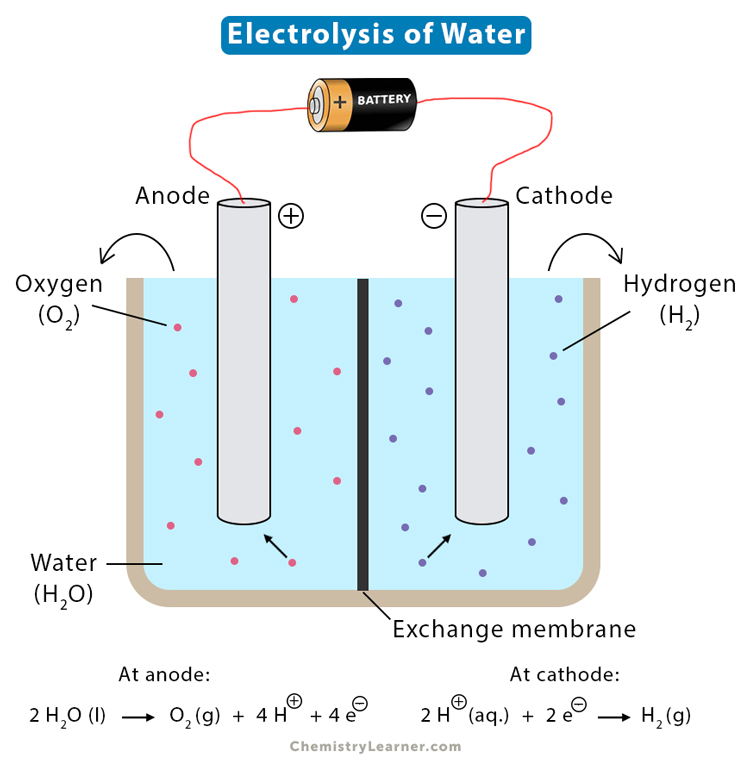
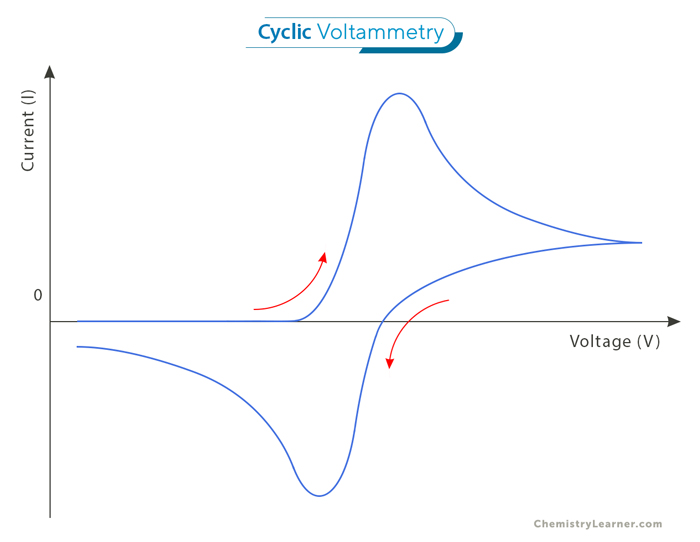
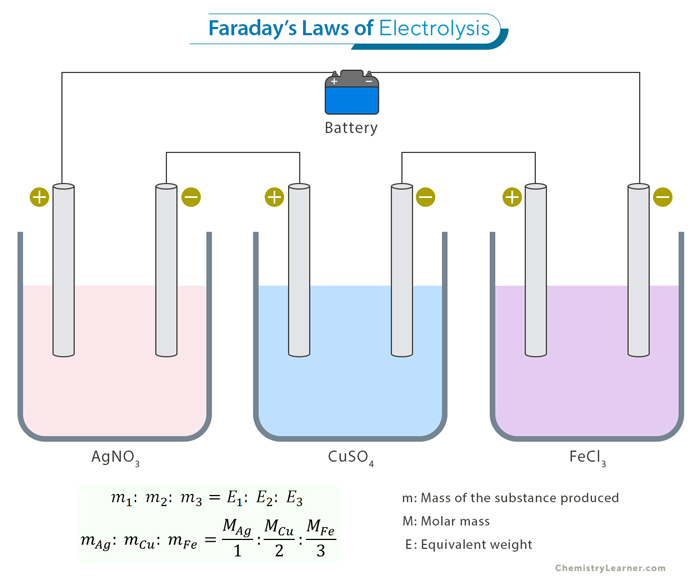
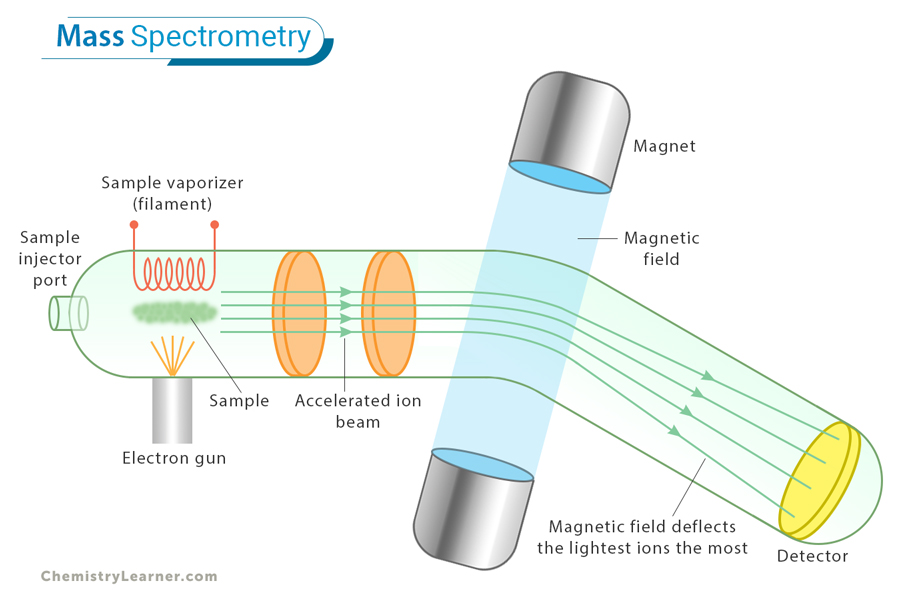
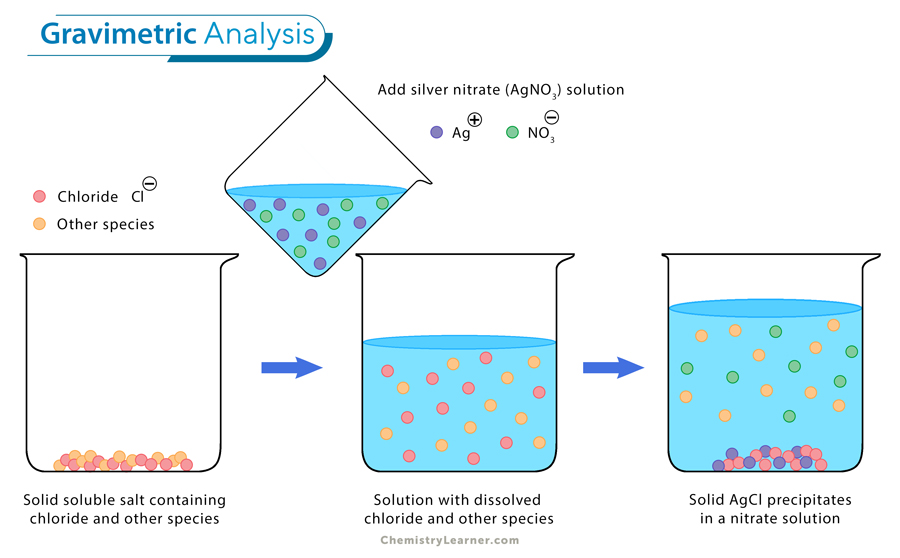
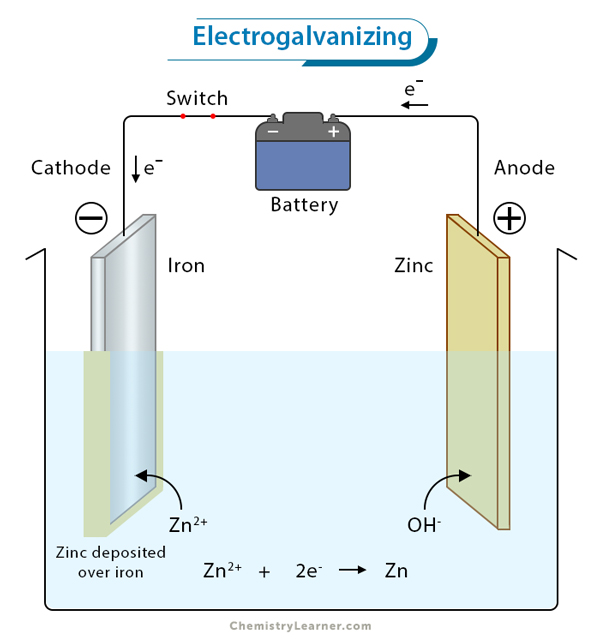
Excellent
Thanks a lot
Why is water electrolysis cell irreversible????
Because the conditions for hydrogen and oxygen to combine and form water are not present in an electrolytic cell.
How many water and electricity required to produce 1kilogram hydrogen and how many times it take?
Approximately 9 kg of pure water and 50 to 55 kilowatt-hours of electricity
Alternative Current Electrolysis Coagulation TDS Removal. Reaction & by product effect ?
I’m 12 years old! this thing is really helpful though